DOW opens sharply lower and it’s trading down nearly -900 pts at the time of writing. The strong break of 55 day EMA (now at 27340), and bearish divergence condition in daily MACD, suggests that 29199.35 is at least a short term top. Currently, we’re viewing it as a correction to the rise from 18213.65 first.
Even that case, deeper fall would be seen to 24971.03 cluster support (38.2% retracement of 18213.65 to 29199.35 at 25002.81), which is also close to 25000 psychological level. Reaction from there would tell use whether this assumption of correction is correct, or DOW is indeed reversing the whole move.




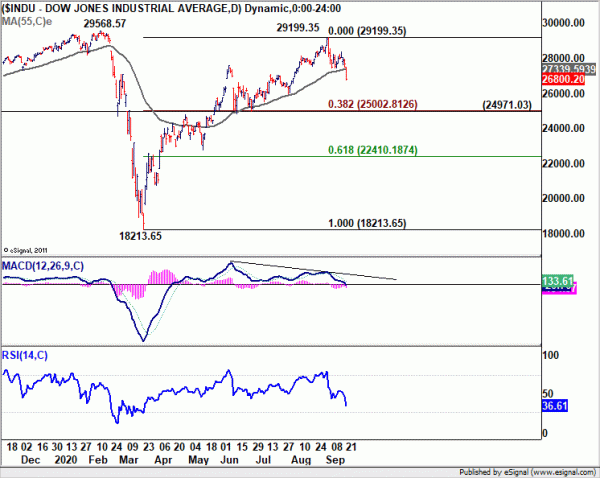
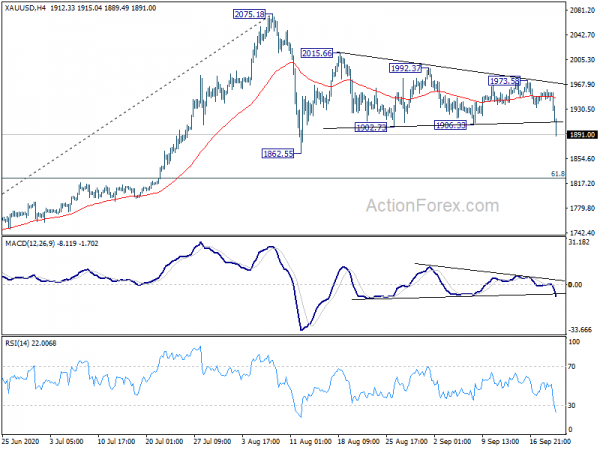
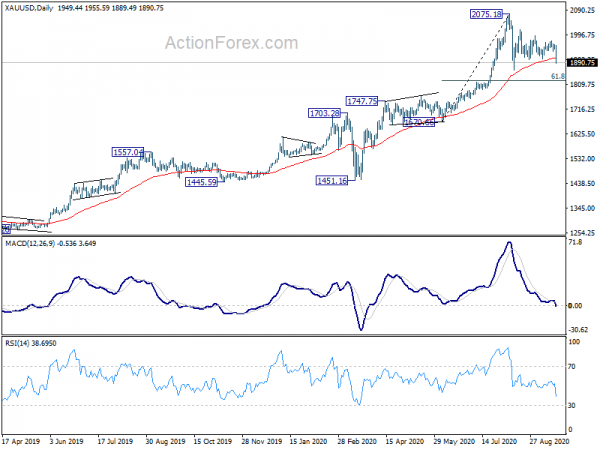
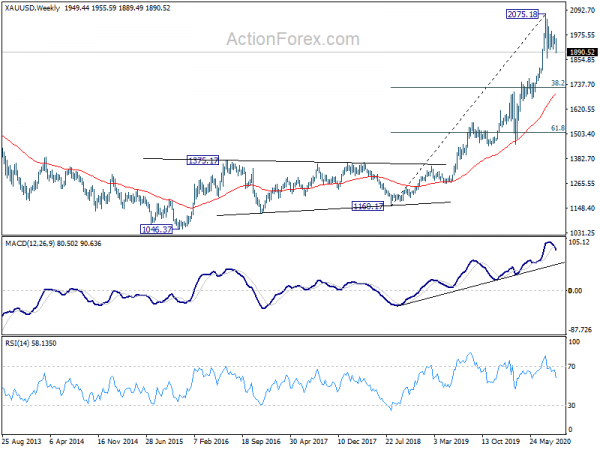
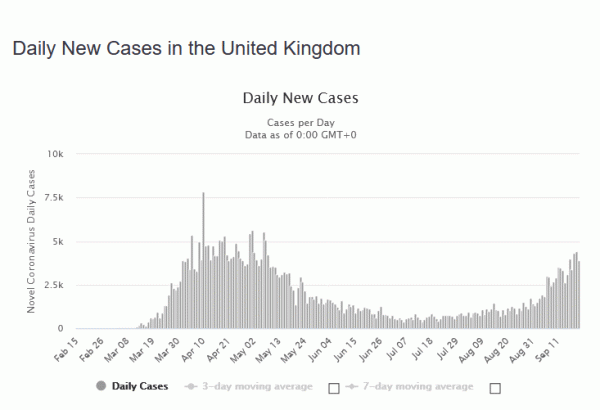
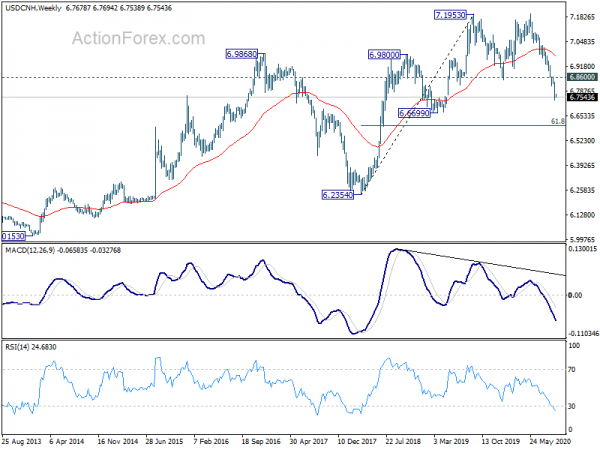
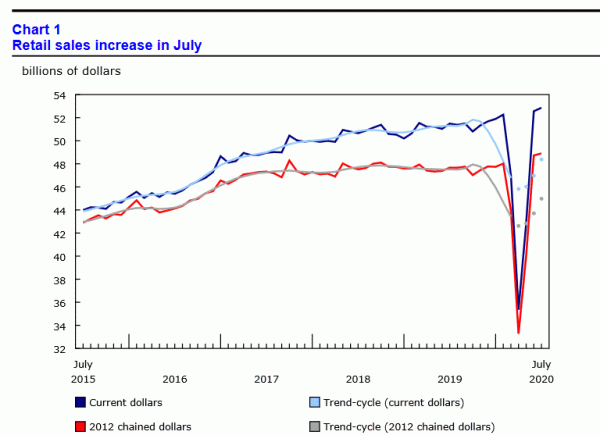
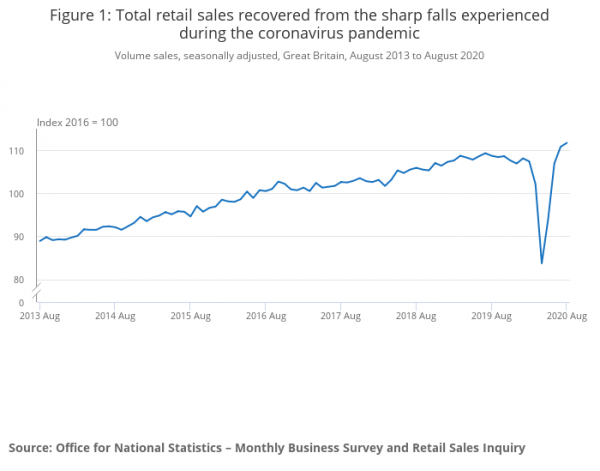
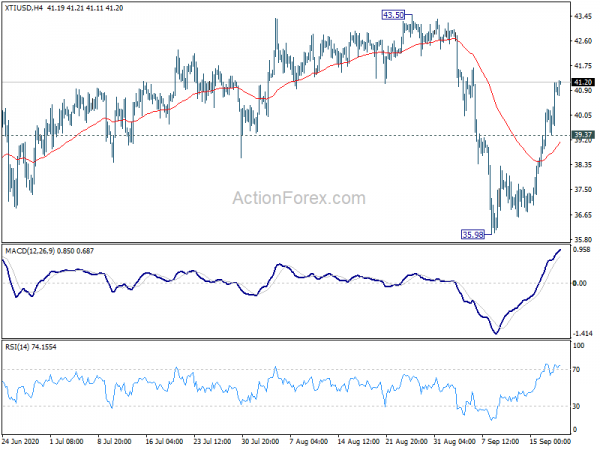
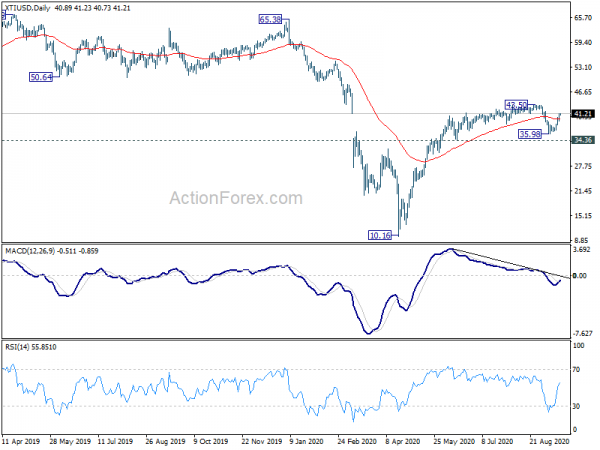
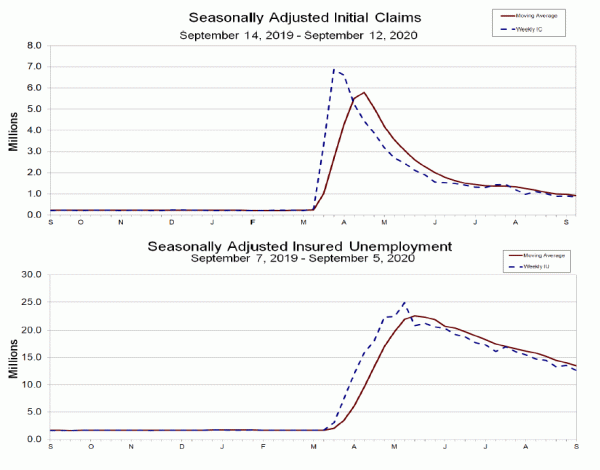
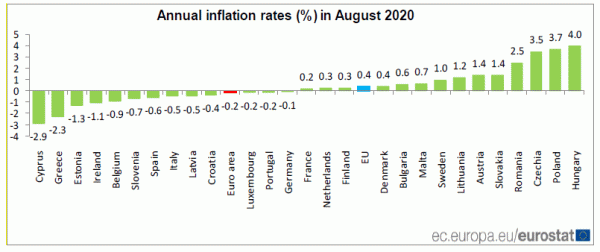
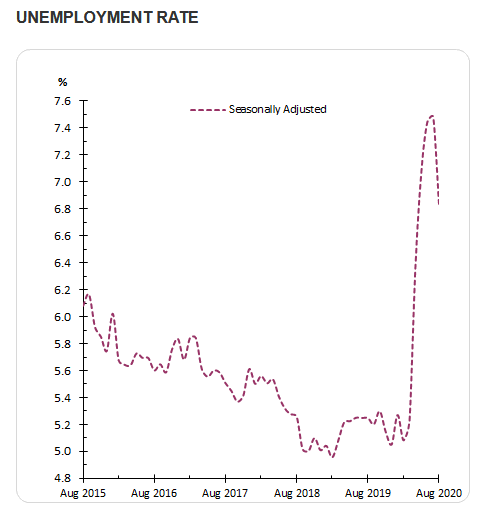
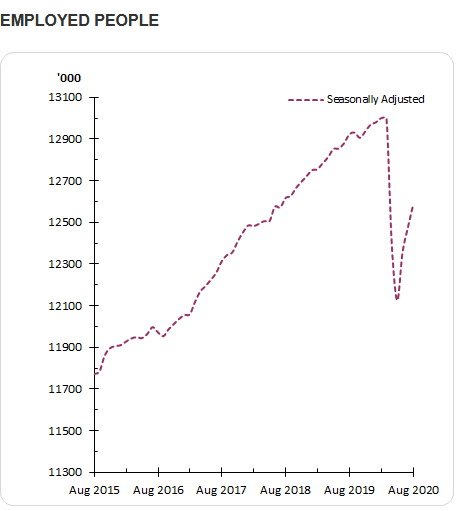

Fed Powell: Economic activity has picked up from its depressed Q2 level
In the remarks released ahead of Tuesday’s testimony, Fed Chair Jerome Powell said “economic activity has picked up from its depressed second-quarter level:. Economic indicators showed “marked improvements” including household spending, housing, business fixed investment and labor. However, both employment and overall economic activity “remain well below their pre-pandemic levels”. The path ahead continues to be “highly uncertain”.
“A full recovery is likely to come only when people are confident that it is safe to reengage in a broad range of activities,” he added. “The path forward will depend on keeping the virus under control, and on policy actions taken at all levels of government. Fed remains “committed to using our full range of tools to support the economy for as long as is needed.”
Full remarks here.